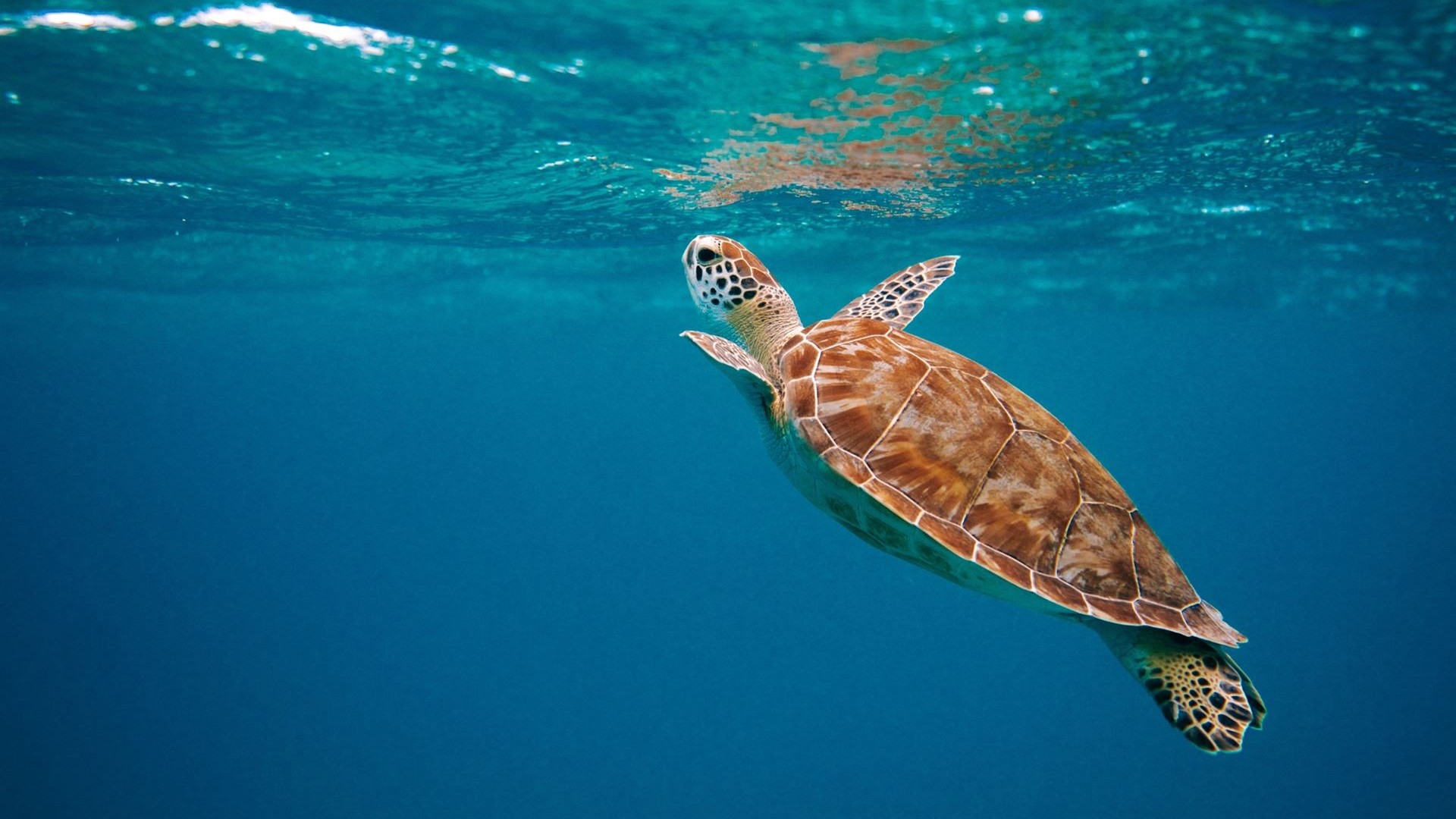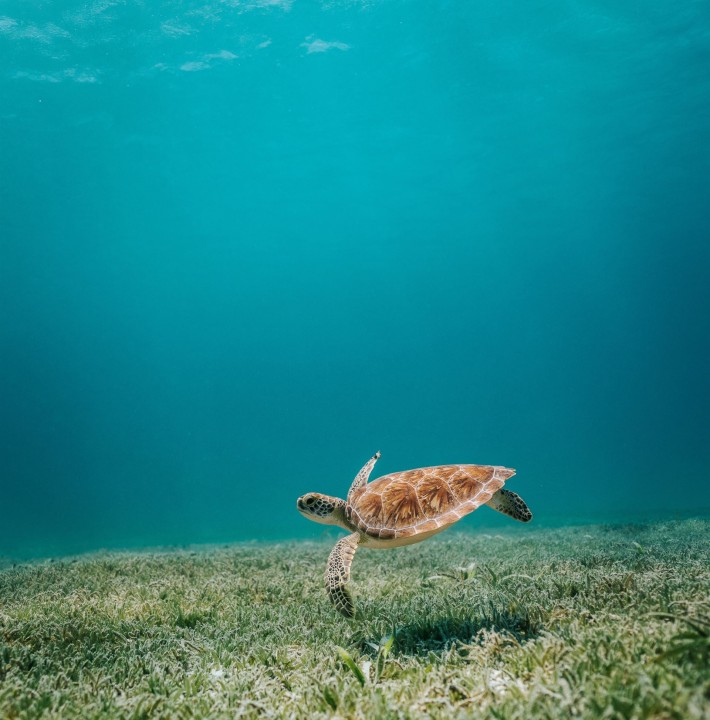Turtle & Shipwreck Snorkel Tours




TURTLE & SHIPWRECK |   |
TURTLE FACTS
TURTLE FACTS
TURTLE FACTS
TURTLE FACTS
TURTLE FACTS
TURTLE FACTS
TURTLE FACTS
TURTLE FACTS
TURTLE FACTS
TURTLE FACTS

BARBADOS
TURTLE FACTS
FACTS
Barbados is home to the Hawksbill Turtles and Green Turtles. They each play an important role in protecting the coral reef ecosystem and are all protected by the Government of Barbados. If you are lucky enough to see turtles hatching or nesting while visiting Barbados you are asked to call The Sea Turtle Hotline at (246) 230-0142.
HAWKSBILL TURTLE
Most Hawksbill turtles in Barbados nest during the peak season between mid-May through mid to late October. However, nesting has been documented in every month of the year. Hawksbill Turtles help to keep coral reefs healthy by feeding on sea sponges which, if left unchecked, would overgrow and choke reefs. These turtles have a narrow head and a large beak which resembles that of a hawk.
GREEN TURTLE
Green has got to be these turtles’ favourite colour! Not only are their bodies green in colour but their diet consists of sea grass and green algae. They can grow anywhere between 80-125 cm or 32-48 inches long and weigh between 144-507 lbs or 65-230 kg. Green Turtles graze on sea grasses making nutrient-rich new growth available to other grazing species such as the fish caught in the near-shore pot and net fisheries. The first record of Green Turtles nesting in Barbados was in 2005. It is currently believed that their nesting season is the same as the Hawksbills. Green Turtles are also considered an endangered species, so when you see one in the ocean send love and honour its way.
SITE FACTS
SITE FACTS
SITE FACTS
SITE FACTS
SITE FACTS
SITE FACTS
SITE FACTS
SITE FACTS
SITE FACTS

Barbados is home to three types of sea turtles; The Hawksbill Turtles, Green Turtles & Leatherback Turtles. They each play an important role in protecting the coral reef ecosystem and are all protected by the Government of Barbados. If you are lucky to see turtles hatching or nesting while visiting Barbados you are asked to call The Sea Turtle Hotline at (246) 230-0142.
 |
Hawksbill TurtlesMost Hawksbill turtles in Barbados nest during the peak season between mid-May through mid to late October. However, nesting has been documented in every month of the year. Hawksbill turtles help to keep coral reefs healthy by feeding on sea sponges which, if left unchecked, would overgrow and choke reefs. These turtles have a narrow head and a large beak which resembles that of a hawk. The beaks are used to break off pieces of reef, mainly the sea sponge, which makes up the main diet of the Hawksbill. They can grow up to 75-100 cm or 30-39 inches long, weighing 150-220 lbs or 68-100 kg. The Hawksbill Turtle is unfortunately a critically endangered species, so when you see one in the ocean send love and honour its way. |
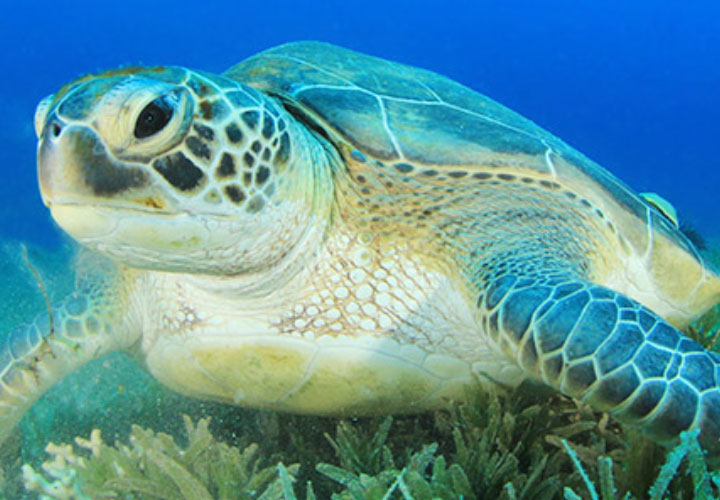 |
Green TurtlesGreen has got to be these turtles’ favourite colour! Not only are their bodies green in colour but their diet consists of sea grass and green algae. They can grow anywhere between 80-125 cm or 32-48 inches long and weigh between 144-507 lbs or 65-230 kg. Green Turtles graze on sea grasses making nutrient-rich new growth available to other grazing species such as the fish caught in the near-shore pot and net fisheries. The first record of Green Turtles nesting in Barbados was in 2005. It is currently believed that their nesting season is the same as the Hawksbills. Green Turtles are also considered an endangered species, so when you see one in the ocean send love and honour its way. |
 |
Leatherback TurtlesThe nesting season for Leatherback Turtles in Barbados is between February and July. They are the only sea turtle without a bony shell. Instead, the Leatherback’s body is covered with a layer of tough, dark, rubbery skin that resembles leather. They can grow up to 132-180 cm or 52-71 inches and weigh a whopping 550-2000 lbs or 250-907 kg. These are the largest of the sea turtles and when nesting can resemble a car! Leatherback Turtles help to protect fish larvae by controlling the abundance of jellyfish, their main diet. |

SNORKEL
SITE INFO
INFO
Snorkeling tours will be at one of the following wrecks in the Carlisle Bay Marine Park depending on the competency of the swimmers.
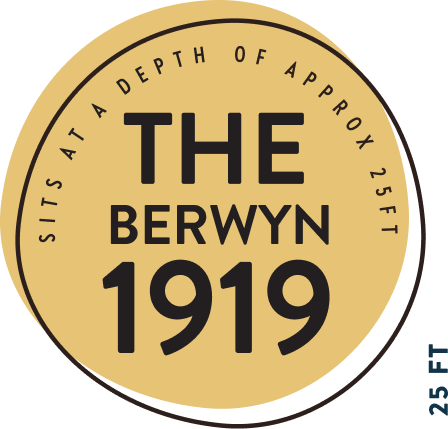 | THE BERWYN: A 70 FT LONG WORLD WAR I FRENCH TUGBOATThis tugboat was sunk in about 20 feet of water in 1919 by her own crew. The Berwyn sits between 7 and 10 feet below the surface, depending on the tide. As a result of the calm water in the bay and the age of this wreck, the Berwyn is covered in marine life, including healthy hard and soft coral growth and their associated reef creatures. |
 | THE C-TREKA derelict boat constructed of cement was sunk in January 1986 in 45 feet of water. This shipwreck sits in deeper water on the northern edge of the park and is home to soft coral and sponge growth. |
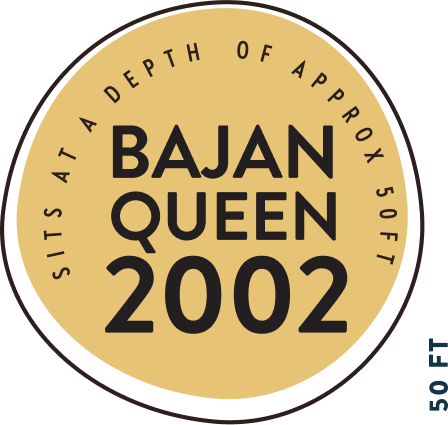 | BAJAN QUEEN: BARBADIAN TUGBOATThe Bajan Queen was Barbados’ first tugboat named the “Pelican” when the Bridgetown Harbour was being constructed in the 1960’s. A decade later, as more modern tugboats were purchased; the Pelican was then converted to a party boat called the “Bajan Queen”. The Bajan Queen holds many memories for thousands of Barbadians and visitors alike. After years of operation as the party spot, the Bajan Queen was donated to the Coastal Zone Management Unit and sunk on 19th May 2002 in Carlisle Bay Marine Park in 35 feet of water. She now sits only a few feet below the surface and is accumulating marine life and wide range of diverse coral types. |
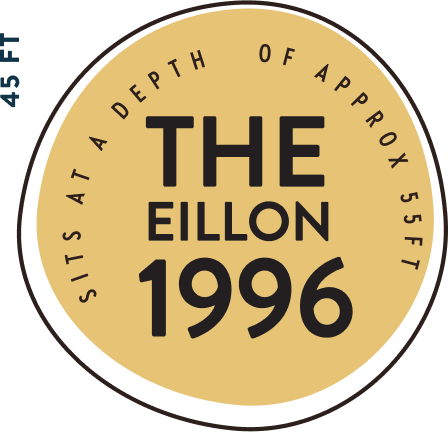 | EILLON: 110FT DRUG BOATThe Eillon was tied up for about 6 years in the Bridgetown careenage before it was sunk on 8th June 1996 in 55 feet of water in The Carlisle Bay Marine Park. The wreck is easily accessible for penetration and has an air pocket in the bow big enough to have a conversation at 25 feet under. |


Snorkeling tours will be at one of the following wrecks in the Carlisle Bay Marine Park depending on the competency of the swimmers.
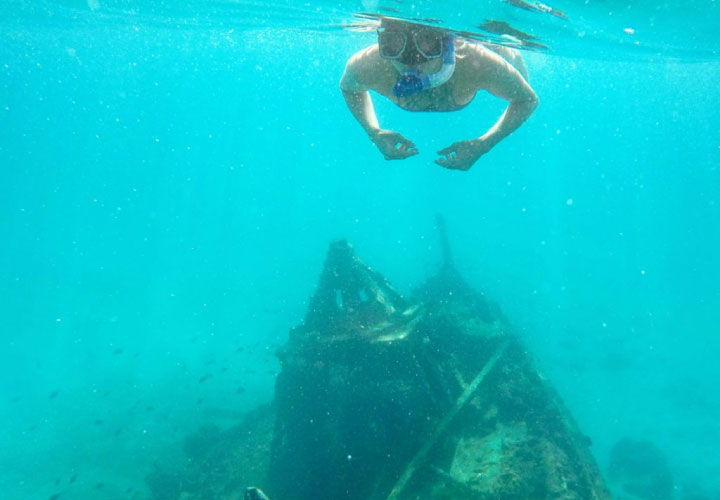 |
Berwyn: A 70 ft long World War I French TugboatThis Tugboat was sunk in about 20 feet of water in 1919 by her own crew. The Berwyn sits between 7 and 10 feet below the surface depending on the tide. As a result of the calm water in the bay and the age of this wreck the Berwyn is covered in marine life including healthy hard and soft coral growth and their associated reef creatures. |
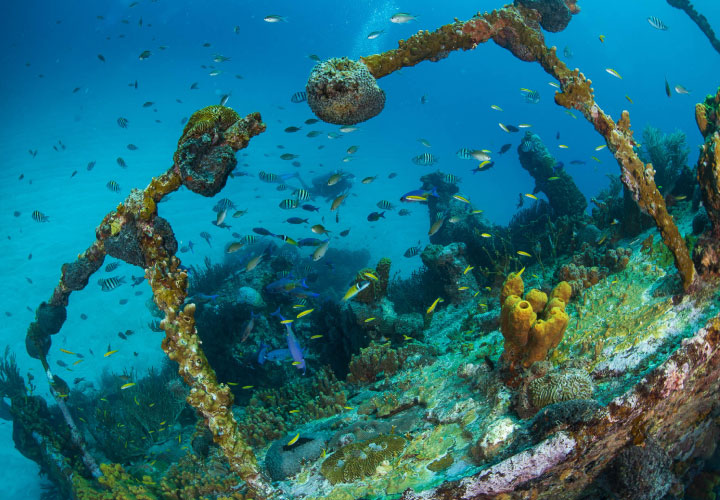 |
C-TrekA derelict boat constructed of cement was sunk in January 1986 in 45 feet of water. This shipwreck sits in deeper water on the northern edge of the park and is home to soft coral and sponge growth. |
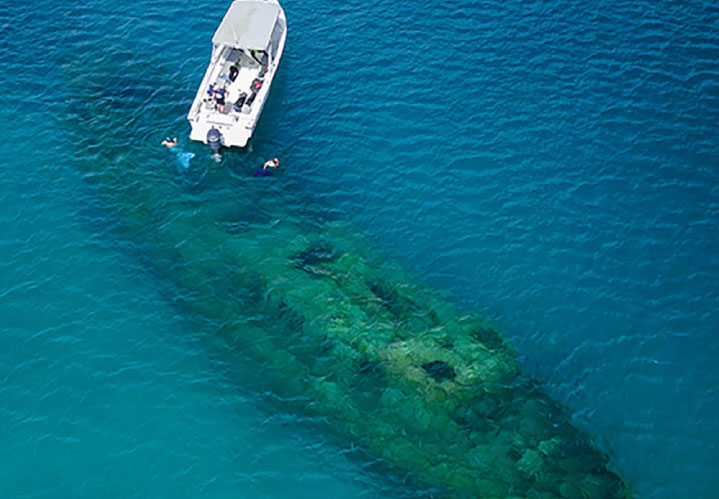 |
Eillon: 110ft Drug BoatThe Eillon was tied up for about 6 years in the Bridgetown careenage before it was sunk on 8th June 1996 in 55 feet of water in The Carlisle Bay Marine Park. The wreck is easily accessible for penetration and has an air pocket in the bow big enough to have a conversation at 25 feet under. |
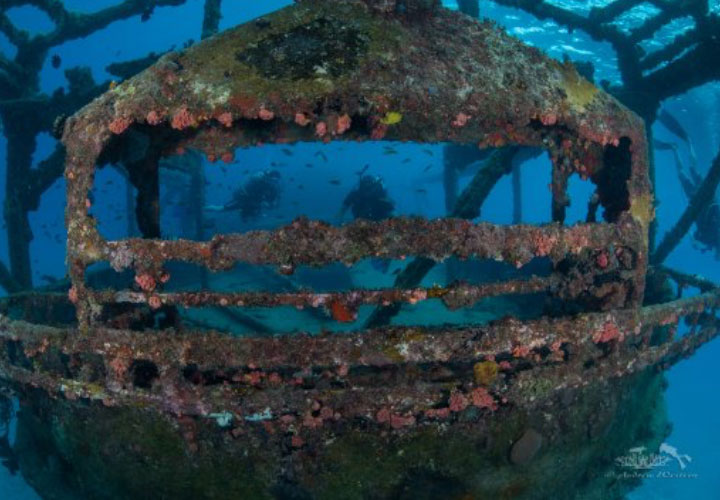 |
Bajan Queen: Barbadian TugboatThe Bajan Queen was Barbados’ first Tugboat named the “Pelican” when the Bridgetown Harbour was being constructed in the 1960’s. A decade later, as more modern Tugboats were purchased; the Pelican was then converted to a Party Boat called the “Bajan Queen”. The Bajan Queen holds many memories for thousands of Barbadians and visitors alike. After years of operation as the party spot, the Bajan Queen was donated to the Coastal Zone Management Unit and sunk on 19th May 2002 in Carlisle Bay Marine Park in 35 feet of water. She now sits only a few feet below the surface and is accumulating marine life and wide range of diverse coral types. |


